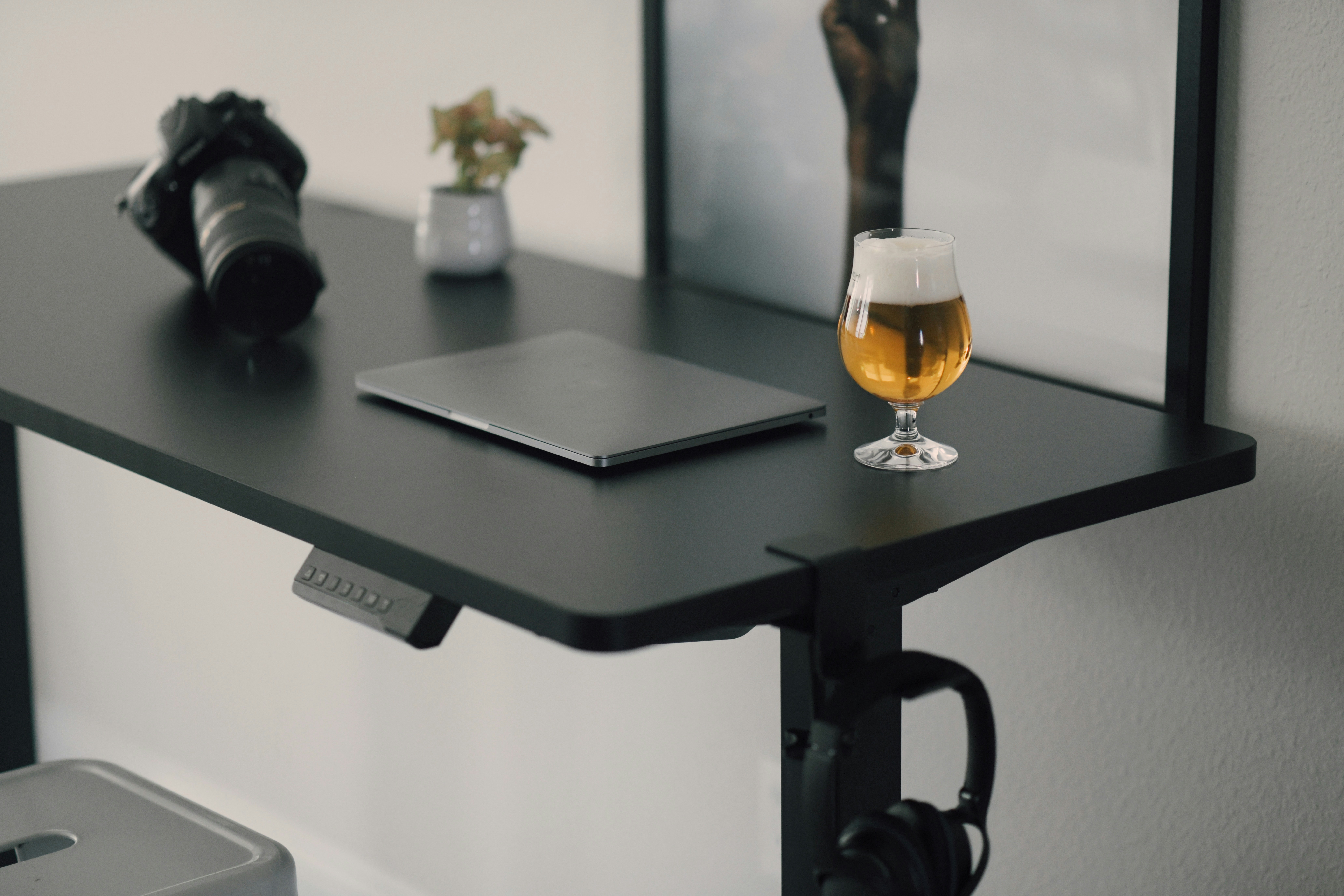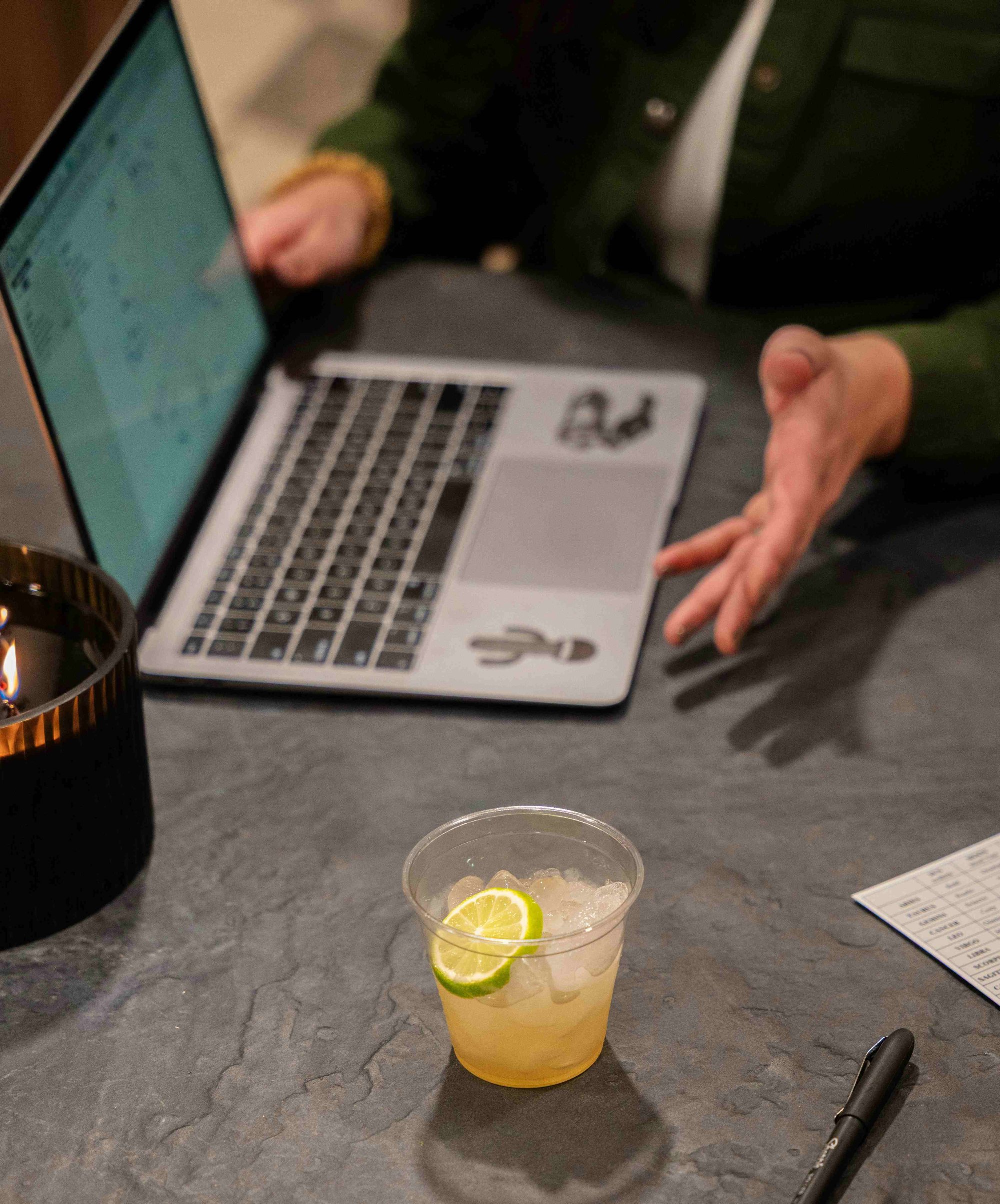What do we know about substance use in journalists?

In 2016, my colleagues and I published the first systematic literature review about journalists’ substance use.
In 2018, the Australian Psychological Society (APS) Clinical College invited me to write a summary of that work for their member newsletter. Below is the summary they published, with images and hyperlinks added.
Journalists are often stereotyped in popular culture as stoic drinkers (Cozma & Hamilton, 2009), with alcohol seemingly playing a central role in newsroom culture historically. There have been reports of news journalists in the late 1960s drinking in the office and spending their lunch breaks at a local pub (Little, 2003). Cosper and Hughes (1982) reasoned that journalists have a higher rate of exposure to alcohol than most other professions because:
- they often perform their job in social places where alcohol is consumed, and
- the demanding nature of the work is likely to encourage alcohol consumption.
Journalists are theoretically at risk of developing substance use disorders as a result of the industry and organisational context of high levels of stress (Sinha, 2008) due to:
- increased competitiveness
- ongoing changes in job roles
- resource constraints
- constant deadlines.

Gassaway (1989), when discussing his experiences covering the Vietnam War, wrote:
“Certainly, many journalists seemed to believe they would live forever—and so would their livers … whenever it became available, alcohol was the stress medicine of choice for many of the journalists.”
Long and irregular work hours, such as those experienced by journalists, have also been associated with increased alcohol consumption–related risk (Dorrian & Skinner, 2012). Various anecdotal reports by journalists have outlined the domestic newsroom and foreign correspondent culture of substance use as a means to cope.
This article provides a brief overview of a systematic literature review that my colleagues and I conducted, which focused on the quantitative literature concerning substance use amongst journalist samples. The review was the first of its kind to focus on substance use in journalists and the findings provide a valuable synthesis of existing knowledge to inform future directions in journalism practice and substance use research. Please see MacDonald, Saliba, and Hodgins (2016) for the full review.
The review findings suggest that alcohol consumption has been the most widely studied substance in journalist samples and is discussed in relation to quantity, level of risk, and potential alcoholism.

The findings indicate that journalists who cover war have greater levels of substance use than those who do not. In addition, males tend to have greater levels of alcohol consumption than females. This gender difference is well documented within the broader alcohol consumption literature.
According to the Drinking Motives Model (Cooper, 1994), certain reasons for alcohol consumption are problematic and should be considered alongside levels of consumption. Individuals may consume alcohol in order to:
- increase their positive affect through social (1) and enhancement (2) motives, or
- decrease their negative affect through coping (3) motives.
Of the three motives, drinking to cope is the most likely to be associated with substance abuse. The results of our review suggest that social and coping motives are relevant to journalists.
War journalists’ use of substances such as cigarettes, cannabis, and other illicit substances, has also been studied. Prevalence rates of cigarette smoking amongst war journalist samples have been found to be as high as 34% and cannabis use has been found to be as high as 24%. Additionally, approximately 6% of war journalists indicated that they use other illicit substances (such as amphetamines, cocaine, barbiturates, LSD, and/or heroin).

However, such figures should be put into context by comparing them with the general population prevalence rates, to determine whether war journalists experience above average levels of substance use, and therefore require greater research and treatment focus.
Related work
In 2023, Nahisha Williams-Wynn and I published an updated review of journalists’ substance use. In that updated review, we linked journalists’ substance use to trauma exposure. You can read the full text for free on the Australian Community Psychologist website: Trauma Exposure and Substance Use in Journalists: A Narrative Review
References
Cooper, M. L. (1994). Motivations for Alcohol Use Among Adolescents: Development and validation of a four-factor model. Psychological Assessment, 6 (2), 117–128.
Cosper, R., & Hughes, F. (1982). So-Called Heavy Drinking Occupations: Two empirical tests. Journal of Studies on Alcohol, 43 (1), 110–118.
Cozma, R., & Hamilton, J. M. (2009). Film Portrayals of Foreign Correspondents: A content analysis of movies before World War II and after Vietnam. Journalism Studies, 10 (4), 489-505.
Dorrian, J., & Skinner, N. (2012). Alcohol Consumption Patterns of Shiftworkers Compared with Dayworkers. Chronobiology International, 29 (5), 610–618.
Gassaway, B. M. (1989). Making Sense of War: An autobiographical account of a Vietnam correspondent. The Journal of Applied Behavioral Science, 25 (4), 327–349.
Little, J. (2003). The Man Who Saw Too Much: David Brill, combat cameraman. Sydney: Hodder Headline Australia.
MacDonald, J. B., Saliba, A. J., & Hodgins, G. (2016). Journalists and Substance Use: A systematic literature review. Substance Abuse, 37 (3), 402–411. doi:10.1080/08897077.2015.1101732
Sinha, R. (2008). Chronic Stress, Drug Use, and Vulnerability to Addiction. Annals of the New York Academy of Sciences, 1141, 105–130.
